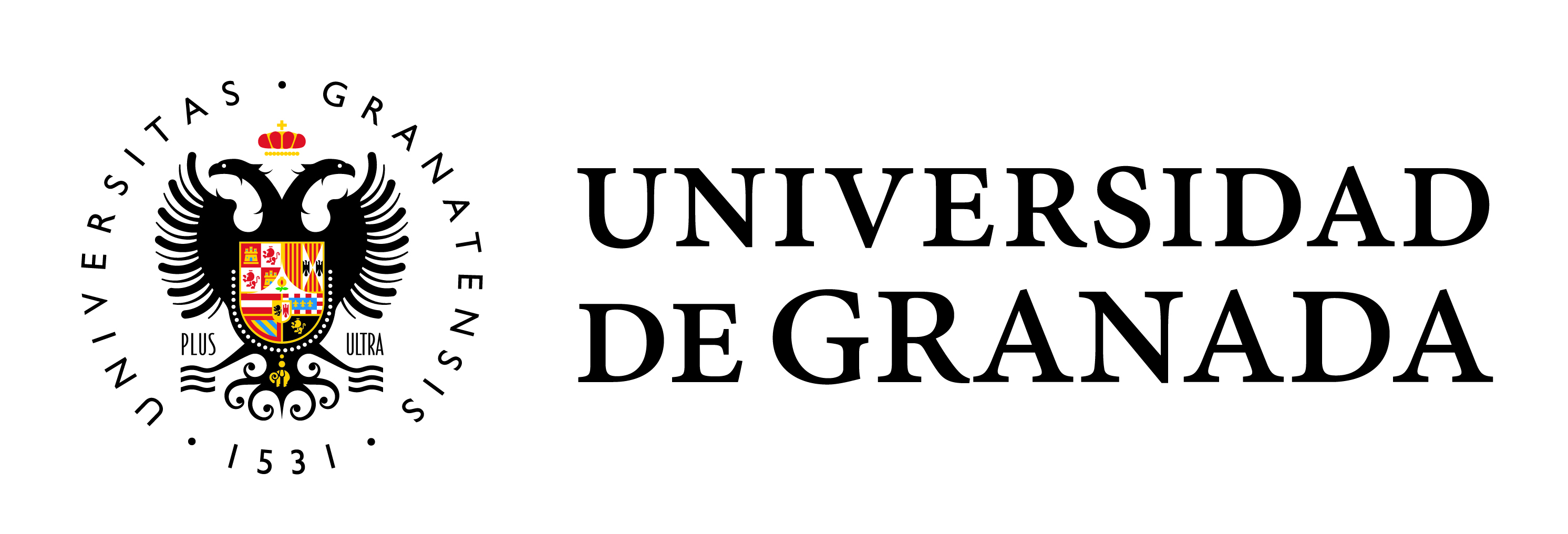Territorial analysis of the 2016 electrical Integral Tariff Review impact in the Argentinian residential sector: the case of La Plata city, Buenos Aires (2014-2018)
Main Article Content
Abstract
The electricity Integral Tariff Revision (ITR) carried out in 2016 in Argentina has generated a significant impact on society, resulting in increases of 2000% (nominal) and 1000% (real) in residential bills (2014 vs. 2018). This situation generated a consequent increase in the share of the cost of electric service over family income, which had a differentiated impact over each social stratum. Indeed, questions arise about the energy behavior (increase/decrease) of the different users in the context of strong increases in the price of this energy vector. Hence, we present a territorial analysis of the variations in residential electricity consumption between 2014 and 2018 in La Plata city (Buenos Aires-Argentina), in two work scales: an intra-urban (five homogeneous areas) and a global-urban (total municipality). This approach allows identifying differentiated behaviors and getting conclusions regarding the territorial impact of the Integral Tariff Revision. The main results show that in the global-urban scale consumption was -3.33%; while in the intra-urban scale there are variations ranging from -12.84% to +17.51%, which are associated with socio-economic and consolidation variables that characterize each homogeneous area.


